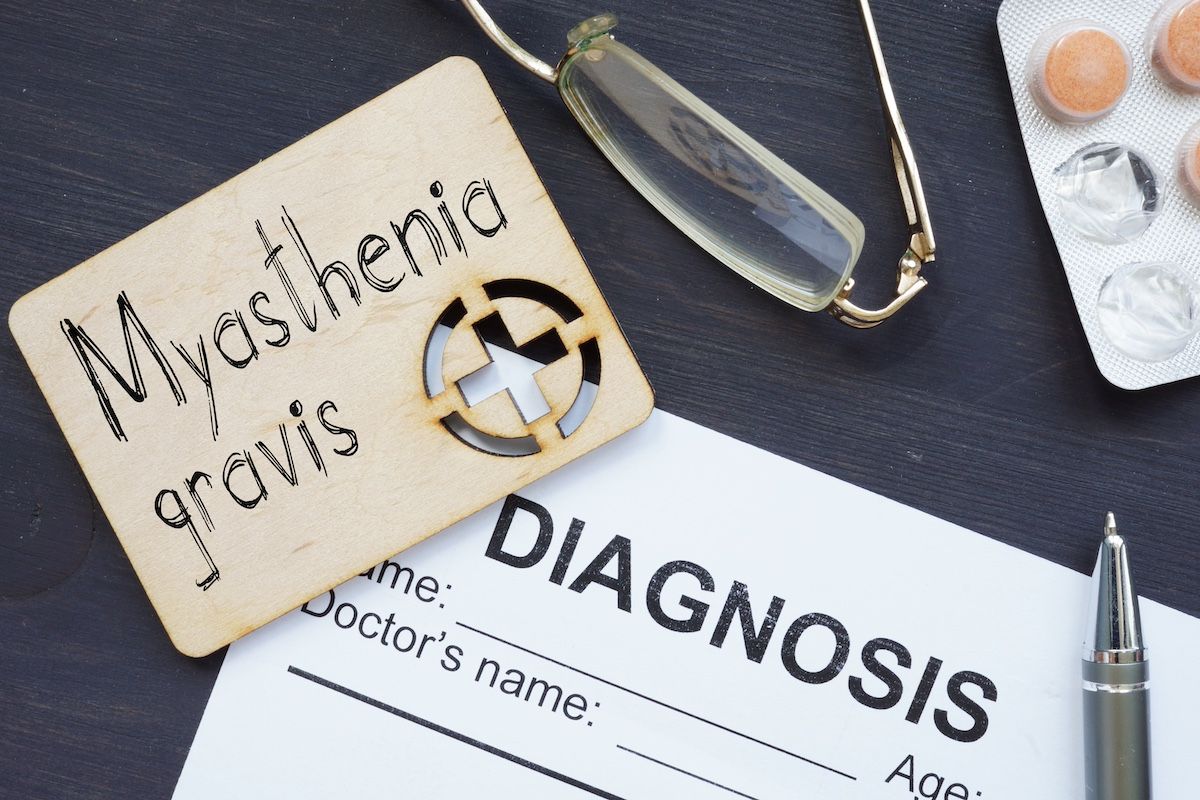- Center on Health Equity & Access
- Clinical
- Health Care Cost
- Health Care Delivery
- Insurance
- Policy
- Technology
- Value-Based Care
New Data May Help Guide Optimization of Pediatric MG Treatment Duration
Researchers say their findings will help inform treatment protocols for this patient population, as questions remain about optimal duration of these treatments following first-line treatment with pyridostigmine.
Data from a small, retrospective study of young patients with myasthenia gravis (MG) seen at a single center offer new insight into optimal treatment duration for these patients receiving second-line corticosteroids or immunosuppressants.1
The findings, explained the researchers in Children, will help inform treatment protocols for this patient population, as questions remain about optimal duration of these treatments following first-line treatment with pyridostigmine.
Findings may help inform treatment protocols for the pediatric patient population, as questions remain about optimal duration of therapy. | Image Credit: © Andrii - stock.adobe.com

“Anticholinesterases, corticosteroids, and immunosuppressants are used for treatment, and the treatment period is often prolonged when corticosteroids or immunosuppressants are used,” the researchers wrote. “Moreover, most patients experience fluctuating symptoms or recurrence, requiring long-term treatment. In particular, when corticosteroids are used in children, there are concerns regarding the adverse effects of long-term administration, including cataracts, glaucoma, steroid myopathy, psychosis, and growth suppression. Especially in children, short stature caused by growth suppression has been a major concern.”’
In cases where corticosteroids are given for a long period of time, a switch to an immunosuppressant is suggested in order to reduce adverse effects, although questions remain on the appropriate duration of these treatments.
Treatment duration across treatment types varies greatly, often driven by patient response. Although treatment can be completed in a year and a half to 2 years with sufficient efficacy, insufficient efficacy can extend treatment duration, as can repeated recurrences.
The researchers of this new study, as expected, found vide variation in treatment duration across their patients. The group identified 18 patients, aged between 8 months and 14 years, who all initially received pyridostigmine. There was 1 additional patient who improved without any treatment. Data were compiled from the patients’ medical records.
Second-line treatment with prednisolone was initiated in 14 patients following insufficient response to first-line pyridostigmine. From there, 42.1% received additional treatment with one of several immunosuppressants, including tacrolimus, mizoribine, and cyclosporine, due to insufficient response to prednisolone. Previous data have suggested long-term safety and efficacy of tacrolimus use in pediatric patients with MG, showing in one study that more than 1 year of treatment with the drug was effective and well tolerated in 21 young patients with the disease.2
In the current study, all treatments were given at dosages greater than 0.35 mg/kg per day.1
There were 11 patients who completed treatment, 10 of whom achieved complete stable remission. The remaining patient did not surpass 1 year of treatment completion at the time of publication, resulting in a classification of pharmacological remission. For these patients, treatment ranged from just under a year (11 months) to 100 months, with a median treatment duration of 47 months. The 6 patients receiving continuous administration of either prednisolone or immunosuppressants were treated for at least 33 months, suggesting that immunosuppressive treatment should be given for approximately 3 years.
The group noted that there was no information on duration of maintenance treatment, dose reduction strategies, or withdrawal protocols for patients.
Among the 7 patients who didn’t complete treatment, 5 achieved a pharmacological remission and 2 achieved minimal manifestations, with treatment duration ranging from 34 to 331 months.
The majority (73.7%) of the patients included in the study had ocular MG only, and 5 (26.3%) had progressed to generalized MG. The researchers found no association between progression to generalized MG and gender, age of disease onset, or acetylcholine receptor antibody (AChR-Ab) status.
The group also found no correlation between AChR-Ab status and symptom severity. Across 14 patients who had presence of AChR-Ab, peak levels ranged from 0.3 to 35.4 nmol/L.
“The concentration of AChR-Ab cannot predict the severity of clinical symptoms of MG but correlates with individual clinical symptoms. In this study, we found no relationship between the duration of drug treatment and AChR-Ab concentration,” the authors wrote. “This result suggests that AChR-Ab concentration does not predict treatment duration or severity.”
References:
1. Maeda M, Shimomura H, Tokunaga S, Taniguchi N, Lee T, Takeshima Y. Clinical characteristics and treatment of juvenile myasthenia gravis—a single-center experience. Children. 2024;11(5):572. doi:10.3390/children11050572
2. Zhang Y, Zhang M, Zhang L, Zhou S, Li W. Long-term efficacy and safety of tacrolimus in young children with myasthenia gravis. J Clin Neurosci. 2023;116:93-98. doi:10.1016/j.jocn.2023.08.022
Preventing Tomorrow’s High-Cost Claims: The Rising-Risk Patient Opportunity in Medicaid
November 6th 2025For Medicaid care management, focusing on rising-risk patients is more effective than targeting high-cost claimants, whose spending tends to decrease over time due to regression to the mean.
Read More
